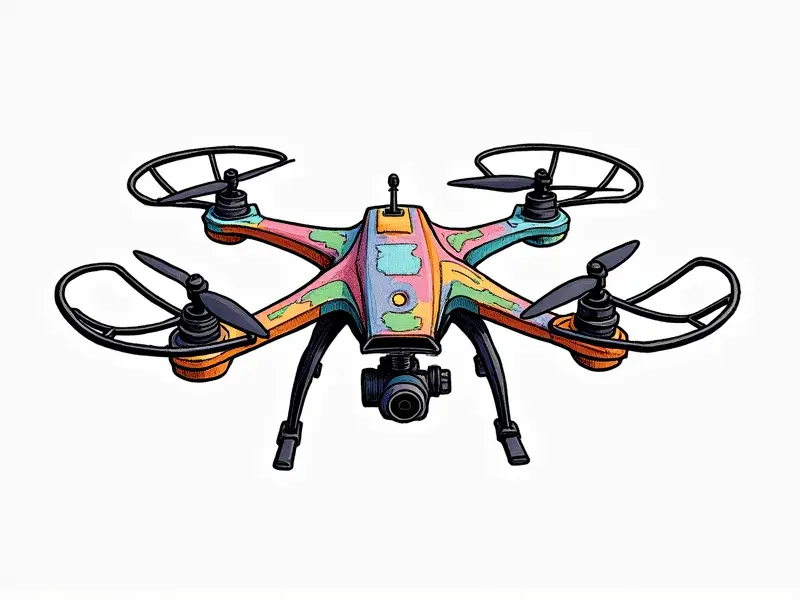How do quadcopters fly?

How Do Quadcopters Stay Airborne?
Quadcopters, also known as quadrotors or multirotor drones, are marvels of modern engineering that defy gravity with precision and agility. To understand how these devices stay airborne, we must delve into the principles of aerodynamics and mechanics that govern their flight.
The Science of Quadcopter Flight
At its core, a quadcopter consists of four rotors or propellers arranged in a square configuration. Each rotor spins at high speeds, generating lift to counteract gravity and keep the drone aloft. The science behind this phenomenon is rooted in Newton's laws of motion and Bernoulli’s principle.
Secrets of Quadcopter Aerial Mastery
The true magic of quadcopters lies in their ability to maneuver with incredible precision, thanks to advanced control systems and sophisticated software. By adjusting the speed of each rotor independently, a quadcopter can tilt, turn, ascend, or descend without losing stability.
Understanding Quadcopter Lift and Thrust
Lift is generated by the upward force created when air flows over the propellers. This lift must be greater than the weight of the drone to achieve flight. Thrust, on the other hand, is the forward motion produced by the spinning rotors, allowing the quadcopter to move through the air.
Mastering Quadcopter Stability in Mid-Air
Maintaining stability during flight requires a delicate balance between lift and thrust. Modern quadcopters use gyroscopes and accelerometers to measure orientation and acceleration continuously. This data is fed into onboard processors, which adjust rotor speeds to maintain equilibrium.
The Physics Behind Quadcopter Hovering
Hovering is one of the most challenging aspects of quadcopter flight due to the need for precise control over all four rotors simultaneously. When a quadcopter hovers, it must generate equal lift from each rotor while maintaining perfect balance.
How Propellers Power Quadcopters Upward
The upward force generated by propellers is crucial for vertical takeoff and landing (VTOL) capabilities of quadcopters. By increasing the speed of all four rotors, a quadcopter can ascend rapidly into the sky.
Inside the Mechanics of Quadcopter Flight
The mechanics of flight involve intricate interactions between hardware components such as motors, ESCs (Electronic Speed Controllers), and batteries. These parts work in tandem to provide the necessary power and control for efficient operation.
Secrets of Quadcopter Aerodynamics
Aerodynamic design plays a critical role in optimizing performance. The shape and angle of attack of propellers, along with the overall configuration of rotors, influence lift generation and energy efficiency.
Explaining Quadcopter Propeller Dynamics
The dynamics of quadcopter propellers are complex but fascinating. Each propeller blade acts as a wing, generating lift through its rotation. The angle at which each blade meets the air (angle of attack) is crucial for optimal performance.
Why Quadcopters Are So Agile?
The agility of quadcopters stems from their ability to change rotor speeds rapidly and independently. This allows them to perform maneuvers such as flips, rolls, and rapid directional changes with ease. Advanced control algorithms enable these feats by constantly monitoring and adjusting flight parameters.
Conclusion
In summary, the science behind quadcopter flight is a blend of aerodynamics, mechanics, and advanced control systems. By understanding how lift, thrust, stability, and propeller dynamics work together, we can appreciate the remarkable capabilities of these aerial marvels. Whether for recreational use or professional applications, quadcopters continue to push the boundaries of what's possible in the world of unmanned aviation.

